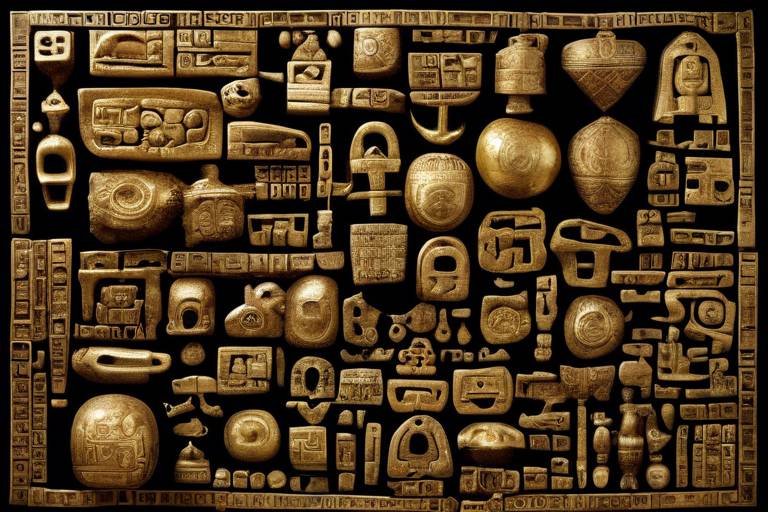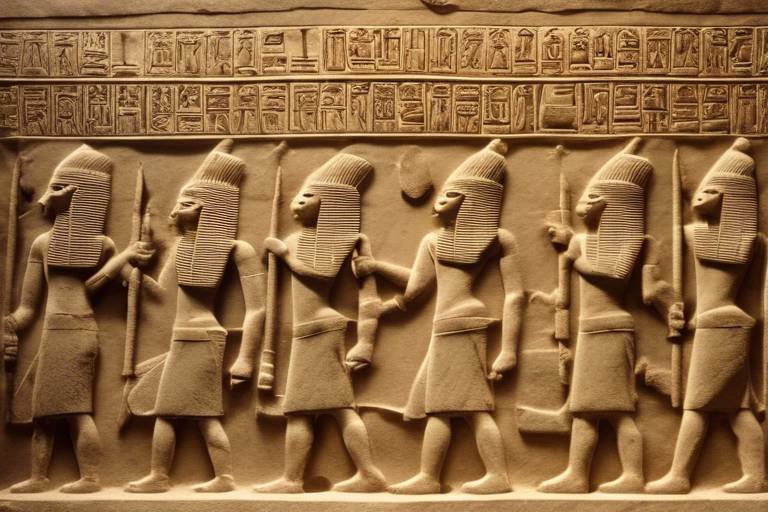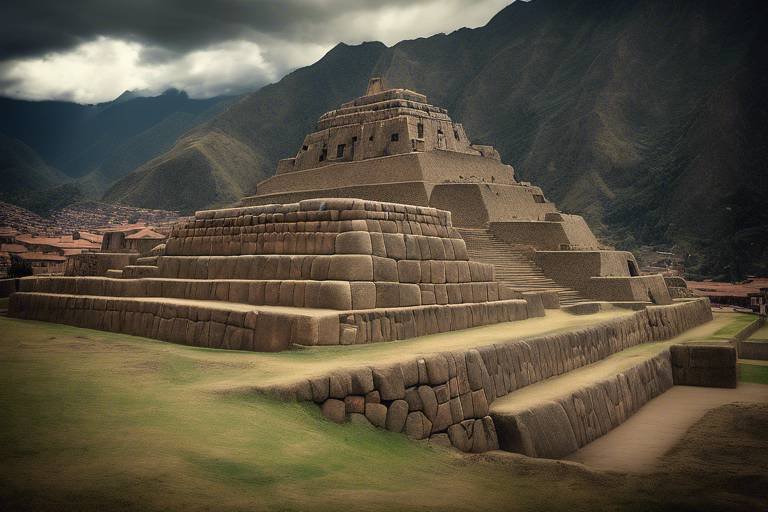The Cultural Richness of the Aztec Civilization
The Aztec civilization was a vibrant and complex society that left a lasting impact on Mesoamerican culture. Their art, architecture, religion, and social structure all contributed to their rich cultural heritage.
Artistic Achievements: Aztec art was diverse and intricate, encompassing sculpture, pottery, and featherwork. Their vibrant colors and intricate designs reflected their religious beliefs and cultural practices.
Architectural Marvels: The Aztecs built impressive structures, such as the Templo Mayor in their capital city of Tenochtitlan. These architectural marvels showcased their engineering skills and religious devotion.
Religious Beliefs: Religion played a central role in Aztec society, with deities like Huitzilopochtli and Quetzalcoatl holding significant importance. Rituals, sacrifices, and ceremonies were integral to their spiritual practices.
Social Structure: The Aztec society was stratified, with nobles, commoners, and slaves occupying distinct roles. The elite class enjoyed privileges, while the lower classes contributed to the empire's economy and infrastructure.
Economic Foundations: Trade and agriculture were vital to the Aztec economy, with a sophisticated network of markets and tribute systems supporting their empire's growth and prosperity.
Education and Knowledge: Aztec education focused on passing down oral traditions, history, and practical skills to future generations. Their knowledge of astronomy, mathematics, and writing systems was advanced for their time.
Gender Roles: Gender roles in Aztec society were clearly defined, with men primarily engaging in warfare and politics, while women managed household duties and childcare. However, women could also hold positions of power and influence.
Legacy and Influence: Despite the Spanish conquest and the fall of the Aztec empire, their cultural legacy endures in modern Mexico. Their traditions, language, and art continue to influence contemporary Mexican identity and heritage.
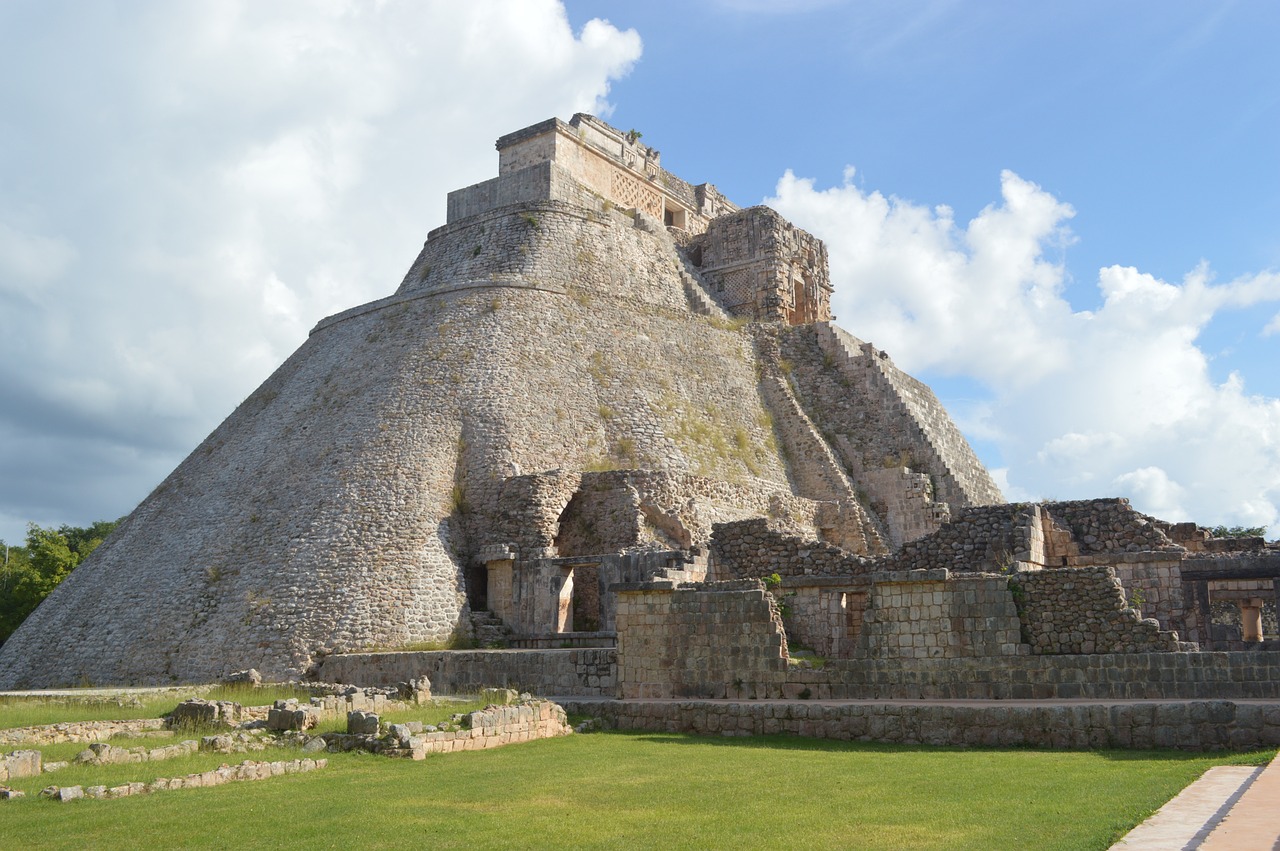
Artistic Achievements
The Aztec civilization was a vibrant and complex society that left a lasting impact on Mesoamerican culture. Their art, architecture, religion, and social structure all contributed to their rich cultural heritage.
Aztec art was diverse and intricate, encompassing sculpture, pottery, and featherwork. Their vibrant colors and intricate designs reflected their religious beliefs and cultural practices. The Aztecs were skilled artisans who used a variety of materials to create stunning artworks that depicted their mythological stories and rituals.
The use of symbols and motifs in Aztec art was significant, with each design carrying deep cultural and spiritual meanings. For example, the intricate featherwork represented the connection between the earthly and divine realms, showcasing the Aztecs' reverence for nature and the cosmos.
Furthermore, Aztec artists often incorporated elements of nature, such as animals and plants, into their creations, symbolizing the cycle of life and the interconnectedness of all living beings. This holistic approach to artistry reflected the Aztecs' profound respect for the natural world.
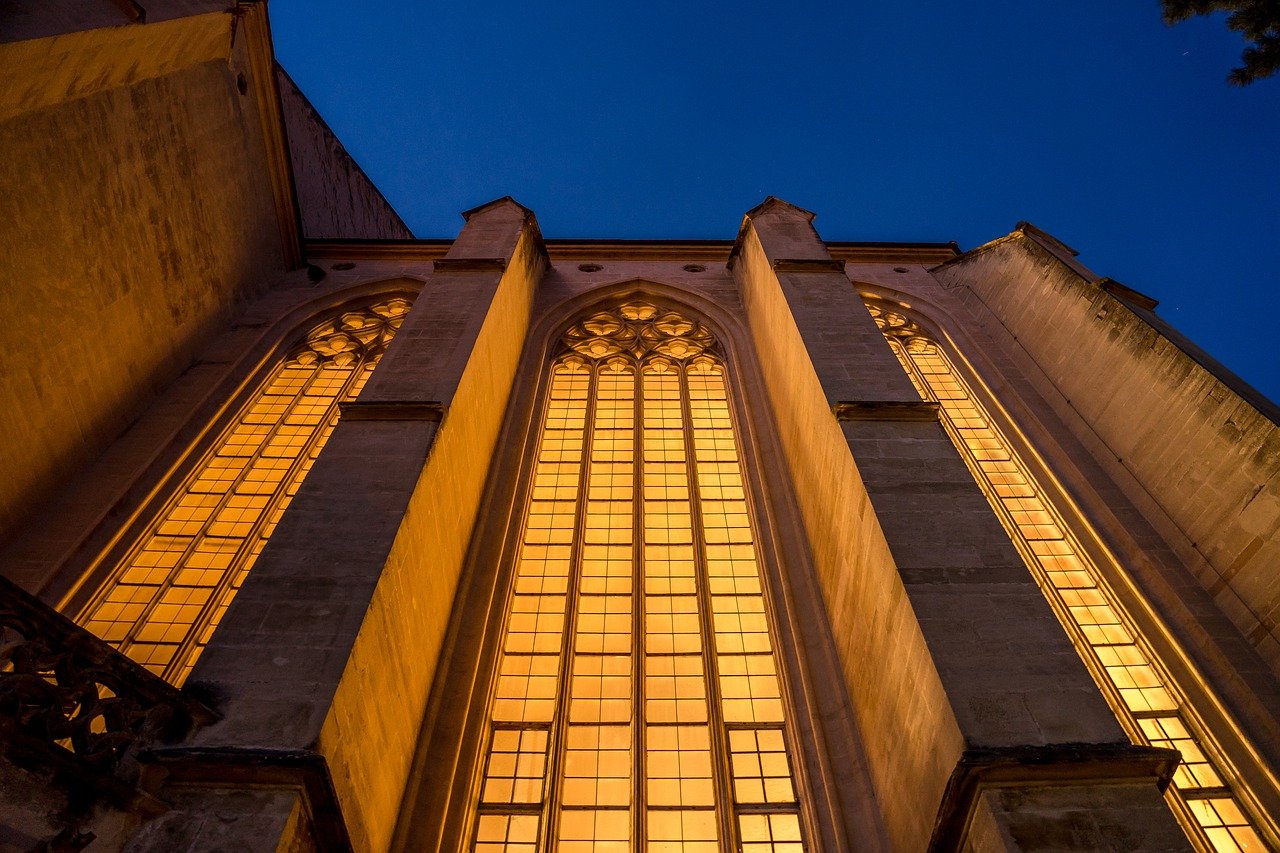
Architectural Marvels
The Aztec civilization was renowned for its architectural marvels, showcasing the ingenuity and grandeur of their society. One of the most iconic structures built by the Aztecs was the Templo Mayor, a massive temple located in the heart of their capital city, Tenochtitlan. This architectural masterpiece served as the focal point of religious ceremonies and rituals, symbolizing the Aztec's deep connection to their gods.
The Templo Mayor was a complex of twin pyramids dedicated to two major Aztec deities, Huitzilopochtli and Tlaloc. The intricate stone carvings and sculptures adorning the temple depicted mythological stories and religious symbols, illustrating the spiritual significance of the site. It stood as a testament to the Aztec's architectural prowess and their devotion to their gods.
Aside from the Templo Mayor, the Aztecs constructed a network of impressive buildings and structures throughout their empire. Palaces, ball courts, and administrative centers dotted the urban landscape, reflecting the sophistication of Aztec urban planning and design. The use of intricate masonry, vibrant murals, and symbolic motifs in their architecture demonstrated the Aztec's artistic flair and cultural sophistication.
Moreover, the Aztecs employed advanced engineering techniques to create aqueducts, causeways, and irrigation systems that supported their urban centers and agricultural activities. The architectural marvels of the Aztec civilization not only served practical purposes but also embodied their spiritual beliefs and societal values, leaving a lasting legacy that continues to awe and inspire to this day.

Religious Beliefs
The Aztec civilization was deeply rooted in a complex system of religious beliefs that shaped every aspect of their society. Central to their spirituality were powerful deities that demanded worship, sacrifice, and reverence. Among these deities, Huitzilopochtli, the god of sun and war, held a prominent position as the patron god of the Aztecs. He was believed to provide strength and protection to the Aztec warriors in battle, ensuring their success and victory.
Quetzalcoatl, the feathered serpent god, symbolized creation, fertility, and wisdom. Often depicted in art and architecture, Quetzalcoatl represented the balance between earth and sky, life and death. The Aztecs honored this benevolent deity through elaborate ceremonies and rituals, seeking his guidance and blessings for bountiful harvests and prosperity.
Rituals and sacrifices were integral to Aztec religious practices, serving as offerings to appease the gods and ensure the continuation of the world. Bloodletting ceremonies, performed by priests, were believed to nourish the deities and maintain the cosmic order. Human sacrifices, though controversial and often misunderstood, were viewed as necessary to sustain the universe and prevent its destruction.
The Aztecs' religious beliefs were deeply intertwined with their worldview, guiding their moral values, social interactions, and political decisions. Temples and pyramids were constructed as sacred spaces to honor the gods and communicate with the spiritual realm. Priests played a crucial role in mediating between the human and divine worlds, interpreting omens, conducting ceremonies, and offering prayers on behalf of the community.
Despite the Spanish conquest and the suppression of Aztec religion, elements of their spiritual beliefs and practices have endured in Mexican culture. The syncretism of indigenous traditions with Catholicism gave rise to unique religious syncretisms, blending ancient rituals with Christian symbolism. Today, festivals like Dia de los Muertos and ceremonies honoring Aztec deities reflect the enduring legacy of the Aztec civilization in contemporary Mexico.
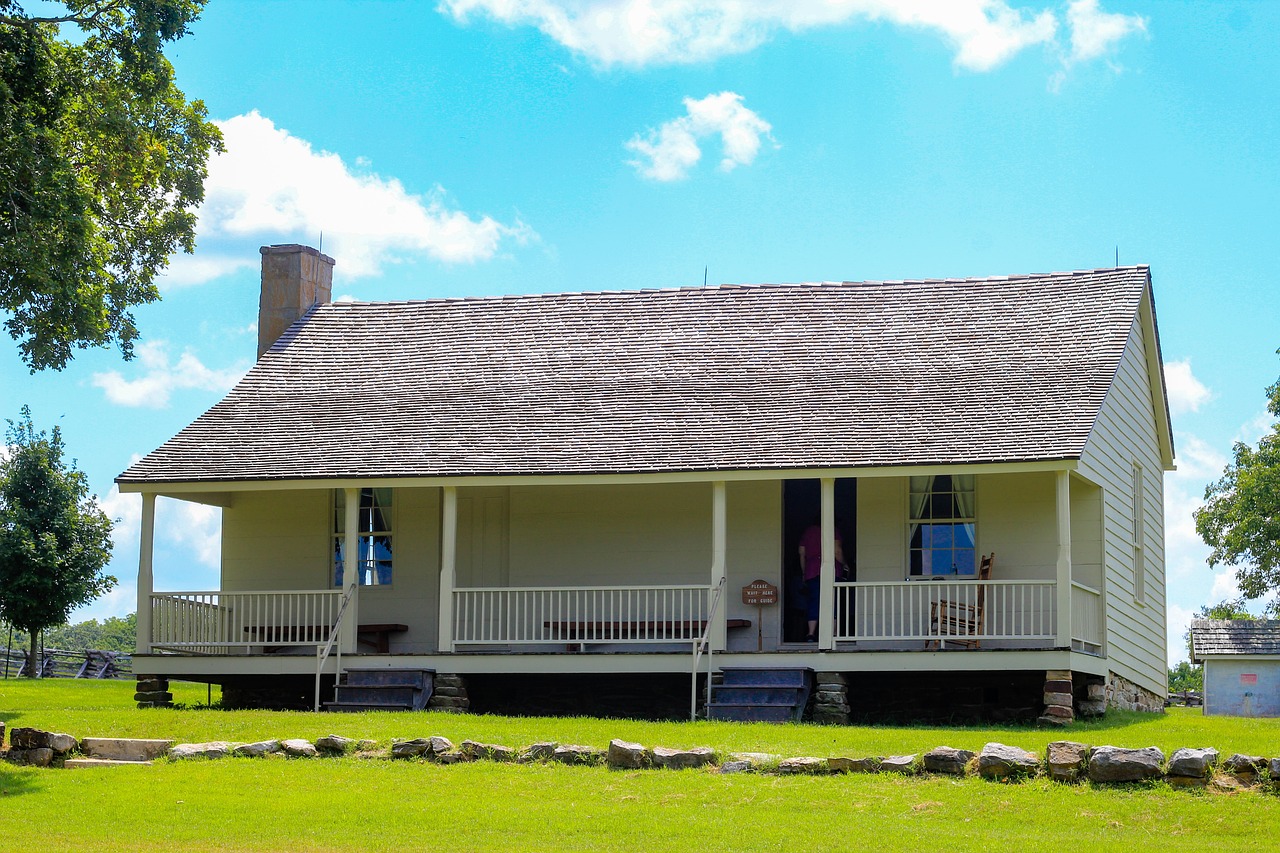
Social Structure
The social structure of the Aztec civilization was highly stratified, with distinct roles and responsibilities for different classes within society. At the top of the hierarchy were the nobles, who held significant power and privileges. They were often involved in political affairs, military campaigns, and religious ceremonies, showcasing their elite status. Beneath the nobles were the commoners, who formed the majority of the population. They were skilled artisans, farmers, and traders, contributing to the economy and cultural life of the empire.
Slaves occupied the lowest rung of Aztec society, often acquired through warfare or as a form of punishment. Despite their lower status, slaves played crucial roles in various aspects of Aztec life, such as labor, household work, and sacrificial rituals. The social structure was rigidly defined, with limited mobility between classes, emphasizing the importance of maintaining order and stability within the empire.
Within Aztec society, social status was closely linked to one's lineage and connections. Family ties and ancestry were significant factors in determining an individual's position in society. Marriages were often strategic alliances, strengthening bonds between noble families and ensuring the continuation of wealth and influence. The Aztecs placed great importance on honoring their ancestors and upholding traditions that reinforced social cohesion and unity.

Economic Foundations
The Aztec civilization was a vibrant and complex society that left a lasting impact on Mesoamerican culture. Their art, architecture, religion, and social structure all contributed to their rich cultural heritage.
Aztec art was diverse and intricate, encompassing sculpture, pottery, and featherwork. Their vibrant colors and intricate designs reflected their religious beliefs and cultural practices.
The Aztecs built impressive structures, such as the Templo Mayor in their capital city of Tenochtitlan. These architectural marvels showcased their engineering skills and religious devotion.
Religion played a central role in Aztec society, with deities like Huitzilopochtli and Quetzalcoatl holding significant importance. Rituals, sacrifices, and ceremonies were integral to their spiritual practices.
The Aztec society was stratified, with nobles, commoners, and slaves occupying distinct roles. The elite class enjoyed privileges, while the lower classes contributed to the empire's economy and infrastructure.
Trade and agriculture were vital to the Aztec economy, with a sophisticated network of markets and tribute systems supporting their empire's growth and prosperity. The Aztecs engaged in extensive trade both within their empire and with neighboring regions, exchanging goods such as cacao, maize, and textiles. This economic foundation allowed the Aztec civilization to thrive and expand its influence across Mesoamerica.
Aztec education focused on passing down oral traditions, history, and practical skills to future generations. Their knowledge of astronomy, mathematics, and writing systems was advanced for their time.
Gender roles in Aztec society were clearly defined, with men primarily engaging in warfare and politics, while women managed household duties and childcare. However, women could also hold positions of power and influence.
Despite the Spanish conquest and the fall of the Aztec empire, their cultural legacy endures in modern Mexico. Their traditions, language, and art continue to influence contemporary Mexican identity and heritage.

Education and Knowledge
The Aztec civilization was a vibrant and complex society that left a lasting impact on Mesoamerican culture. Their art, architecture, religion, and social structure all contributed to their rich cultural heritage.
Aztec education focused on passing down oral traditions, history, and practical skills to future generations. Their knowledge of astronomy, mathematics, and writing systems was advanced for their time. The Aztecs valued learning and passed down their knowledge through storytelling and hands-on experience. Young Aztecs were taught by elders and priests, who shared the wisdom of their ancestors and passed on practical skills essential for survival in their society.
Furthermore, the Aztecs had a sophisticated understanding of astronomy, using complex calendars to track celestial movements and agricultural cycles. This knowledge allowed them to predict eclipses, solstices, and other celestial events accurately. Their mathematical system, based on a vigesimal (base-20) counting system, was highly advanced and enabled them to perform complex calculations for various purposes.
In addition to astronomy and mathematics, the Aztecs developed a unique writing system known as hieroglyphics. This system combined pictorial symbols and abstract signs to record historical events, religious beliefs, and economic transactions. Through this written language, the Aztecs preserved their history and communicated essential information across generations.
Moreover, Aztec education emphasized practical skills such as agriculture, weaving, and craftsmanship. Young individuals were trained in these trades from an early age, ensuring the continuity of essential professions within their society. By passing down these skills through apprenticeships and hands-on training, the Aztecs maintained a thriving economy and sustainable way of life.
Overall, education and knowledge were fundamental aspects of Aztec society, shaping their understanding of the world, preserving their cultural heritage, and ensuring the transmission of essential skills to future generations.
- Q: What were the main subjects taught in Aztec education?
- A: Aztec education focused on subjects such as astronomy, mathematics, history, agriculture, and practical skills like weaving and craftsmanship.
- Q: How did the Aztecs pass down their knowledge to future generations?
- A: The Aztecs used storytelling, oral traditions, hands-on training, and hieroglyphic writing to transmit knowledge from elders to young individuals.
- Q: What role did astronomy play in Aztec society?
- A: Astronomy was crucial for the Aztecs to predict celestial events, agricultural cycles, and religious ceremonies, guiding their daily lives and rituals.
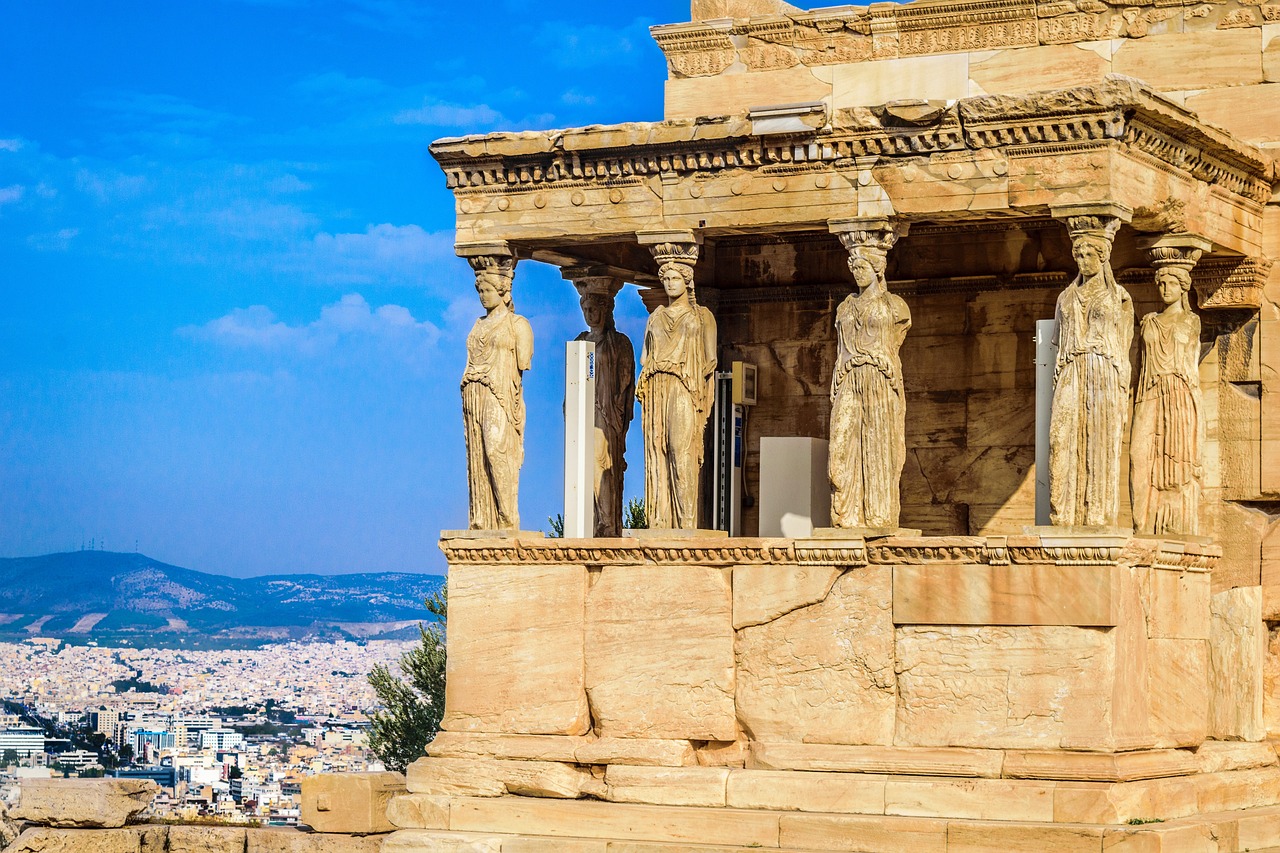
Gender Roles
The Aztec civilization was a vibrant and complex society that left a lasting impact on Mesoamerican culture. Their art, architecture, religion, and social structure all contributed to their rich cultural heritage.
Aztec art was diverse and intricate, encompassing sculpture, pottery, and featherwork. Their vibrant colors and intricate designs reflected their religious beliefs and cultural practices.
The Aztecs built impressive structures, such as the Templo Mayor in their capital city of Tenochtitlan. These architectural marvels showcased their engineering skills and religious devotion.
Religion played a central role in Aztec society, with deities like Huitzilopochtli and Quetzalcoatl holding significant importance. Rituals, sacrifices, and ceremonies were integral to their spiritual practices.
The Aztec society was stratified, with nobles, commoners, and slaves occupying distinct roles. The elite class enjoyed privileges, while the lower classes contributed to the empire's economy and infrastructure.
Trade and agriculture were vital to the Aztec economy, with a sophisticated network of markets and tribute systems supporting their empire's growth and prosperity.
Aztec education focused on passing down oral traditions, history, and practical skills to future generations. Their knowledge of astronomy, mathematics, and writing systems was advanced for their time.
Gender roles in Aztec society were clearly defined, with men primarily engaging in warfare and politics, while women managed household duties and childcare. However, women could also hold positions of power and influence.
Despite the Spanish conquest and the fall of the Aztec empire, their cultural legacy endures in modern Mexico. Their traditions, language, and art continue to influence contemporary Mexican identity and heritage.
Q: What were the main artistic achievements of the Aztecs?
A: The Aztecs excelled in diverse art forms such as sculpture, pottery, and featherwork, showcasing vibrant colors and intricate designs.
Q: How did religion influence Aztec society?
A: Religion played a central role, with deities like Huitzilopochtli and Quetzalcoatl holding significant importance, and rituals and ceremonies being integral to their spiritual practices.
Q: What was the economic foundation of the Aztec empire?
A: Trade and agriculture were vital, with a network of markets and tribute systems supporting their growth and prosperity.
Q: How did Aztec gender roles differ from modern perspectives?
A: Gender roles were clearly defined, with men primarily in warfare and politics, while women managed household duties; however, women could also hold positions of power.
Q: How has the Aztec legacy influenced modern Mexico?
A: Despite the fall of the empire, their traditions, language, and art continue to impact contemporary Mexican identity and heritage.
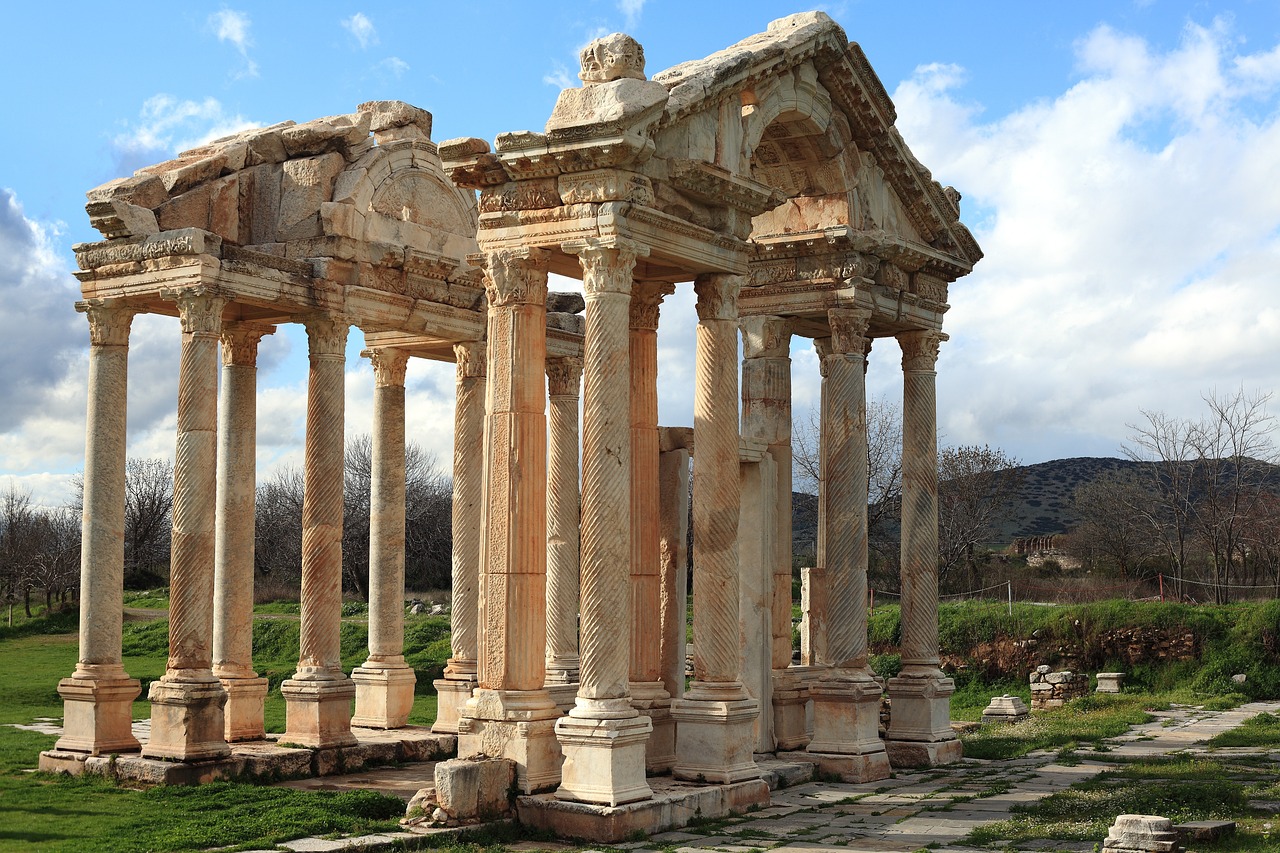
Legacy and Influence
The legacy of the Aztec civilization continues to shape modern Mexico in profound ways. Despite the conquest by the Spanish and the subsequent fall of their empire, the cultural impact of the Aztecs remains deeply rooted in the fabric of Mexican society. Their influence can be seen in various aspects of contemporary Mexican identity, from language and traditions to art and architecture.
One of the most significant legacies of the Aztecs is their language, Nahuatl, which continues to be spoken by millions of people in Mexico today. Many Nahuatl words have been integrated into the Spanish language, reflecting the lasting influence of Aztec culture on the linguistic landscape of the country.
Furthermore, Aztec art and architecture have left an indelible mark on Mexican aesthetics. The intricate designs, vibrant colors, and symbolic motifs that characterized Aztec artistic expression can still be seen in modern Mexican art forms, from murals to textiles.
The Aztec tradition of honoring nature and celestial bodies also continues to resonate in Mexican culture. Their advanced knowledge of astronomy and the natural world has influenced contemporary environmental practices and spiritual beliefs among indigenous communities in Mexico.
Moreover, the resilience and adaptability demonstrated by the Aztecs in the face of adversity have inspired generations of Mexicans to embrace their heritage and cultural roots. The ability of the Aztec civilization to endure and evolve despite external pressures serves as a source of pride and inspiration for many Mexicans today.
In conclusion, the legacy and influence of the Aztec civilization are deeply ingrained in the cultural tapestry of modern Mexico. By preserving and celebrating their traditions, language, and art, Mexicans continue to honor the rich heritage of the Aztec people and ensure that their legacy endures for future generations.
Frequently Asked Questions
- What were some common themes in Aztec art?
Aztec art often depicted religious symbols, gods, and mythical creatures. Nature, warfare, and human sacrifice were also common themes portrayed in their artwork.
- How did the Aztecs view their gods?
The Aztecs believed their gods controlled various aspects of life, such as agriculture, war, and the sun. They worshipped their gods through elaborate rituals and sacrifices to ensure prosperity and protection.
- What was the significance of the Templo Mayor?
The Templo Mayor was a sacred pyramid in the heart of Tenochtitlan, symbolizing the connection between the earthly and spiritual realms. It served as a focal point for religious ceremonies and sacrifices, highlighting the importance of religion in Aztec society.
- How did the Aztec economy function?
The Aztec economy relied on a combination of trade, tribute, and agriculture. They had a sophisticated market system where goods were exchanged, and tribute was collected from conquered regions to sustain the empire's economy.
- Were women able to hold positions of power in Aztec society?
Yes, women in Aztec society could hold positions of power and influence, particularly in religious roles as priestesses. While men dominated warfare and politics, women played essential roles in maintaining the household and cultural practices.











